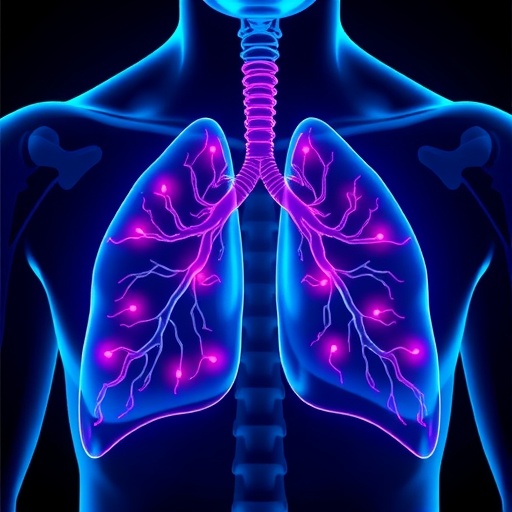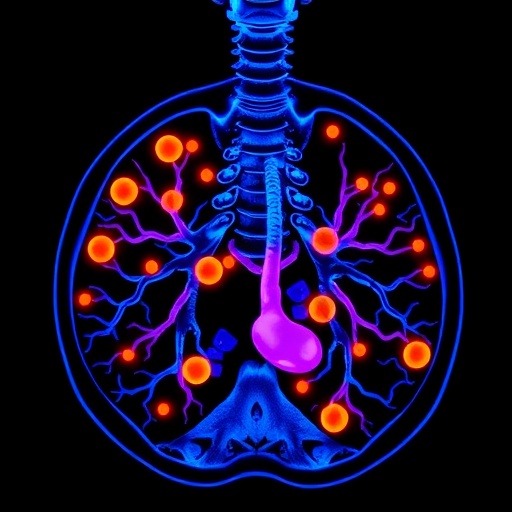Once other causes are ruled out, tachycardia is a marker of a poor prognosis in these patients
Cancer patients who experienced tachycardia within one year of cancer diagnosis had higher mortality rates up to 10 years after diagnosis of tachycardia, according to research presented at the American College of Cardiology’s Advancing the Cardiovascular Care of the Oncology Patient conference. The course convenes in Washington on Jan. 25-27, 2019, bringing together top experts in both cardiology and oncology to review new and relevant science in this rapidly evolving field.
Sinus tachycardia is when the heart beats faster than normal while at rest and may cause palpitations and discomfort. In addition to cancer treatment, it can also occur as a result of other conditions such as blood clots that cause heart attack or stroke, heart failure, fainting or sudden death. In the study, researchers defined sinus tachycardia as a heart rate over 100 beats per minute (bpm) diagnosed via electrocardiogram.
“Tachycardia is a secondary process to an underlying disease and reflective of significant multi-system organ stress and disease in cancer patients,” said Mohamad Hemu, MD, a resident at Rush University Medical Center in Chicago and one of the study authors. “As a result, the most important initial step is to figure out what is causing the tachycardia. Reversible causes like dehydration and infections should be ruled out. Additionally, cardiopulmonary processes such as pulmonary embolism and other arrhythmias must be taken into consideration. Once these and all other causes of tachycardia are ruled out, then it is more likely that sinus tachycardia is a marker of poorer prognosis in these patients.”
Researchers analyzed 622 cancer patients, including lung cancer, leukemia, lymphoma or multiple myeloma, from Rush University Medical Center from 2008 to 2016. The patients were 60.5 percent women, 76.4 percent white and an average age of 70 years; 69.4 percent of the cohort was classified with stage 4 cancer and 43 percent had lung cancer. The study included 50 patients with tachycardia and 572 control patients without tachycardia. Patients included in the study had tachycardia at more than three different clinic visits within one year of diagnosis, excluding history of pulmonary embolism, thyroid dysfunction, ejection fraction less than 50 percent, atrial fibrillation and a heart rate over 180 bpm.
Researchers assessed mortality for patients adjusting for age and other characteristics that were significantly different between a heart rate of more than 100 bpm and less than 100 bpm, characteristics included race, albumin, hemoglobin, beta blockers, kidney disease, use of blood thinners, and type of cancer. They also examined mortality adjusting for age and other clinically relevant characteristics, such as race, coronary artery disease, stroke, diabetes, smoking and radiation. Tachycardia was a significant predictor of overall mortality in both models. Of the patients who experienced tachycardia, 62 percent died within 10 years of diagnosis compared to 22.9 percent of the control group.
“We are continuously learning about the unique heart disease risks that face cancer patients, and our study shows that tachycardia is a strong prognosticator regardless of cancer type. That’s why it is critically important to be co-managing both cancer and heart conditions to ensure patients receive the most effective treatment possible,” said senior author Tochi M. Okwuosa, DO, director of the cardio-oncology program at Rush University Medical Center. “However, we need to do more studies to determine whether management of tachycardia in cancer patients will have any effect on survival.”
###
The American College of Cardiology envisions a world where innovation and knowledge optimize cardiovascular care and outcomes. As the professional home for the entire cardiovascular care team, the mission of the College and its more than 52,000 members is to transform cardiovascular care and to improve heart health. The ACC bestows credentials upon cardiovascular professionals who meet stringent qualifications and leads in the formation of health policy, standards and guidelines. The College also provides professional medical education, disseminates cardiovascular research through its world-renowned JACC Journals, operates national registries to measure and improve care, and offers cardiovascular accreditation to hospitals and institutions. For more, visit acc.org.
Media Contact
Katie Glenn
[email protected]
202-375-6472




